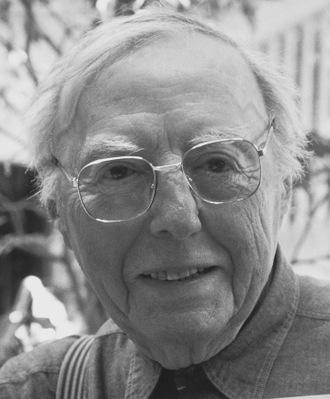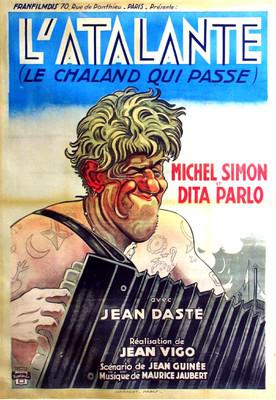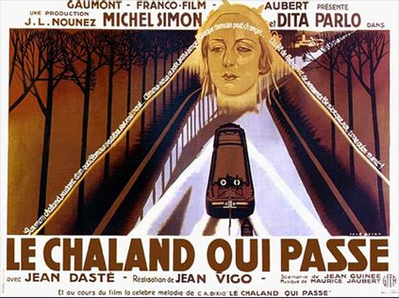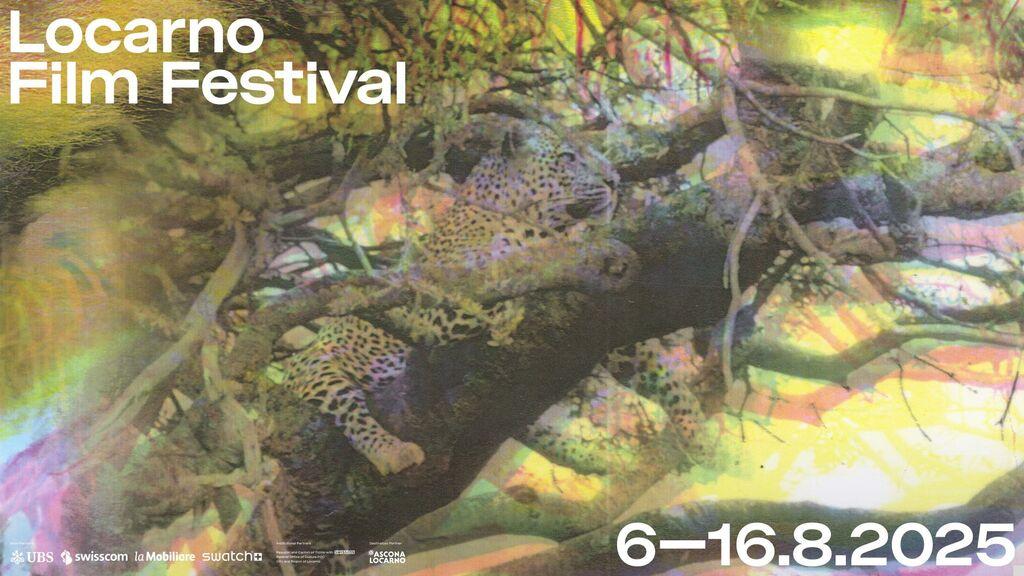Synopsis
When Juliette marries Jean, she comes to live on his ship, on board of which are, besides the two of them, only a cabin boy and the strange old second mate Pere Jules. Soon bored by life on the river, she slips off to see the nightlife when they come to Paris. Angered by this, Jean sets off, leaving Juliette behind. Overcome by grief and longing for his wife, Jean falls into a depression and Pere Jules goes and tries to find Juliette.
Source : IMDb
Credits
Director (1)
Actors (13)
Production and distribution (3)
- Executive Producer : Argui-Films
- Film exports/foreign sales : Gaumont
- French distribution : Gaumont-Franco-Film-Aubert (GFFA)
Full credits (8)
- Screenwriters : Albert Riéra, Jean Vigo
- Dialogue Writers : Albert Riéra, Jean Vigo
- Director of Photography : Boris Kaufman
- Music Composers : Maurice Jaubert, Charles Goldblatt
- Assistant Director : Albert Riéra
- Sound Recordist : Marcel Royné
- Producer : Jacques-Louis Nounez
- Camera Operator : Jean-Paul Alphen
Watch this movie
Watch L'Atalante in VOD
| Platforms | Model | Price | Quality |
|---|
Sorry, your search returned no results.
| Platforms | Model | Price | Quality |
|---|
Sorry, your search returned no results.
| Platforms | Model | Price | Quality |
|---|
Sorry, your search returned no results.
| Platforms | Model | Price | Quality |
|---|
Sorry, your search returned no results.
Technical details
- Type : Feature film
- Genres : Fiction
- Sub-genre : Drama, Drama
- Production language : French
- Production country : France (100.0%)
- Original French-language productions : Yes
- Nationality : 100% French (France)
- Production year : 1934
- French release : 13/09/1934
- Runtime : 1 h 28 min
- Current status : Released
- Visa number : 1809
- Visa issue date : 30/03/1990
- Approval : Yes
- Production formats : 35mm
- Color type : Black & White
- Aspect ratio : 1.37
- Audio format : Mono
Box-office & releases
Box Office
This content is for registered users only.
Are you a member? Please login to view content.
International releases
| Country | Distributor | Buyer | Release date | Titre local |
|---|
Sorry, your search returned no results.
TV broadcasting
This content is for registered users only.
Are you a member? Please login to view content.
News & awards
News (3)
Selections (6)
Locarno Film Festival
Switzerland, 2025
Histoire(s) du cinéma - Premio cinema ticino Michele Dell'ambrogio
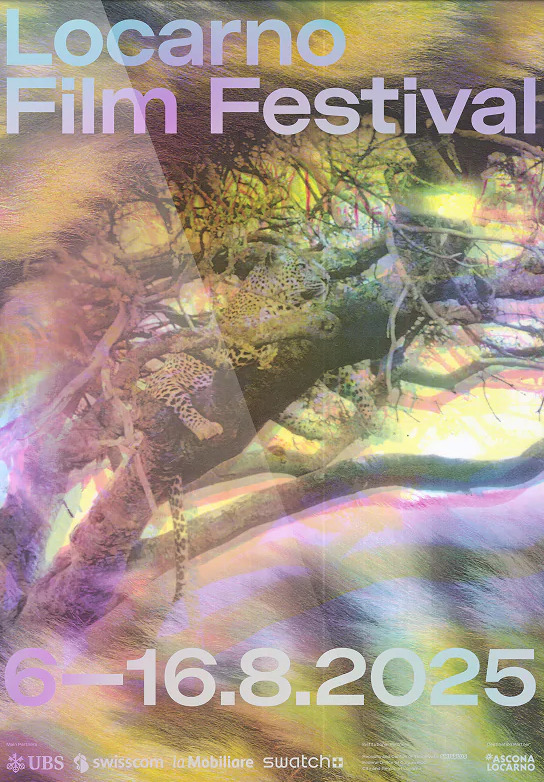



About
About the film
Background and writing
While finishing work on Zero for Conduct, producer Jacques-Louis Nounez was interested in working with Vigo on a feature and Vigo suggested a prison film about French anarchist Eugène Dieudonné, whom Vigo's father Miguel Almereyda had defended in a newspaper article in 1913. Vigo began working on the film with Dieudonné, who had agreed to play himself, and Julot Dupont, an expert on French prisons. After Zero for Conduct was banned in France for its controversial depiction of the French education system, Nounez was worried that such a film could not be distributed. Other ideas for films considered by Nounez and Vigo include an adaptation of Georges de La Fouchardière’s ‘’L'Affaire Peau-de-Balle’’ and a script Vigo had written about the relationship between a bourgeois father and his more progressive son. In July 1933 Nounez finally gave Vigo a scenario about "barge dwellers" called L'Atalante, written by Jean Guinée. Vigo initially disliked the scenario, but agreed to make the film and began making suggestions to the story. In the early 1930s, films and music about "barge dwellers" were popular in France and had inspired such pop songs as Chanson de halage and Le chaland qui passe.
Nounez produced the film for ₣1 million and made a deal with the Gaumont Film Company to provide studio sets and distribute the film. Vigo hired his frequent collaborators: cinematographer Boris Kaufman and composer Maurice Jaubert, as well as Art director Francis Jourdain, who was an old friend of his father.[3] Boris Kaufman, the brother of Soviet film maker Dziga Vertov, described his years working with Vigo as "cinematic paradise." Vigo also hired established film editor Louis Chavance after having found it difficult to edit Zero for Conduct himself. Chavance had attended the premiere of Zero for Conduct and had been one of its early supporters and quickly became friends with Vigo.[8] Vigo and Albert Riéra had quickly written a shooting script and scouted locations at docks during the summer of 1933. They also found and leased a barge to be used for the film, the ‘’Louise XVI’’.
Casting
Vigo also worked with established movie stars for the first time., both of which were hired by Gaumont but approved of by Vigo. Michel Simon had been a leading actor since appearing in the title role of Jean Renoir's Boudu Saved from Drowning. Simon stated that he accepted the role for the little known and already controversial Vigo because he sympathized with Vigo and wanted to help his troubled career. Dita Parlo was a minor star who had just returned to France after six years in Germany. Jean Dasté had only appeared in Zero for Conduct and Boudu Saved from Drowning before his leading role, but went on to have a long career in France. Louis Lefèbvre had previously appeared in Zero for Conduct.[8] Vigo was familiar with Lefèbvre's lack of acting training and awkwardness on camera and worked those characteristics into the character in order to make Lefèbvre's performance work.
Filming
Although scheduled to begin shooting during the summer, production did not begin until mid-November 1933. L'Atalante took four months to shoot, partially in a replica of the interior of the barge in a Gaumont studio, and partially on location. During filming, Vigo would often act out the scenes himself for the actors and insisted that they re-shoot scenes until they were perfect.
Amongst the changes that Vigo made to the original scenario was replacing Père Jules’ pet dog with over ten alley cats supplied by the Society for the Prevention of Cruelty to Animals. Vigo’s father had been fond of such cats and Vigo’s childhood homes were often overrun with stray cats. During the scenes where Père Jules plays his phonograph, these cats would become immediately fascinated by the phonograph and surround it whenever it played music. Vigo quickly assembled his crew and shot footage of the cats listening to the music and sleeping inside the loud speaker. Simon later adopted the kitten that rested inside the phonograph horn. Vigo also visited local flea markets in Saint-Ouen and the scrap metal market on Boulevard Richard-Lenoir to find props for Père Jules’ collection of artifacts from around the world.
Production began with the exteriors on location and was shot mostly in sequence. The first scene shot was the wedding sequence at Maurecourt in the Oise. The exteriors of the dance hall sequence where Juliette first meets the showman were shot at the Charentonneau dance hall in Maisons-Alfort, while the interiors were shot on an elaborate set at Gaumont studios. The character of the showman was not very developed in the shooting script and Vigo relied on improvisation on set to create a more interesting character. Because Gaumont had insisted that music be included in the film the showman sings "The Pedlar's Complaint", a French folk song written by Vigo, Goldblatt and Jaubert that makes fun of the genre of music that they were unwillingly required to include in the film. Vigo had previously experienced bad sound quality when shooting Zero for Conduct and was concerned about a similar problem on L'Atalante despite having better equipment. Since Michel Simon had both the most dialogue in the film and a distinctly inarticulate manner of speech, Vigo had Simon adopt the character tick of often repeating questions that were asked of his character.
The first two weeks of location shooting began in the Oise between the Marne and the Rhine and down the Ourcq canal to the harbor in La Villette. The harsh and early winter weather slowed down the shooting schedule and affected Vigo's health. Despite the cold weather, Vigo began to want to shoot at night more and more so as to use the artificial lights of the barge and houses along the canal. Another reason was that Vigo needed to maintain continuity, and the cold weather was creating floating ice in the canal. In the middle of location shooting, Vigo moved the cast and crew to the replica set of the barge at Gaumont studios at La Villette, but would quickly change the day's shooting to on location whenever the weather permitted. Vigo left all transition shots to the very end of shooting, which became a major problem due to the ground then being covered with snow. Vigo shot many low angle shots that only showed the sky in the background to ameliorate this problem.
By mid-January, the film was behind schedule and over budget, with several major sequences having not yet been shot. Gaumont executives blamed Vigo and pressured him to finish the film quickly and inexpensively. Vigo sometimes filmed documentary-style footage, such as the scene where Juliette walks past a line of real unemployed workers. Despite not having sufficient funding from Gaumont to pay extras or for locations, he was able to film the scene where Juliette is robbed at the Gara d'Austerlitz in the middle of the night with a few friends appearing as background extras. Chavance was also able to recruit members of the "October Group" such as Jacques Prevert, Pierre Prevert and Loutchimoukov, to appear in the film.








